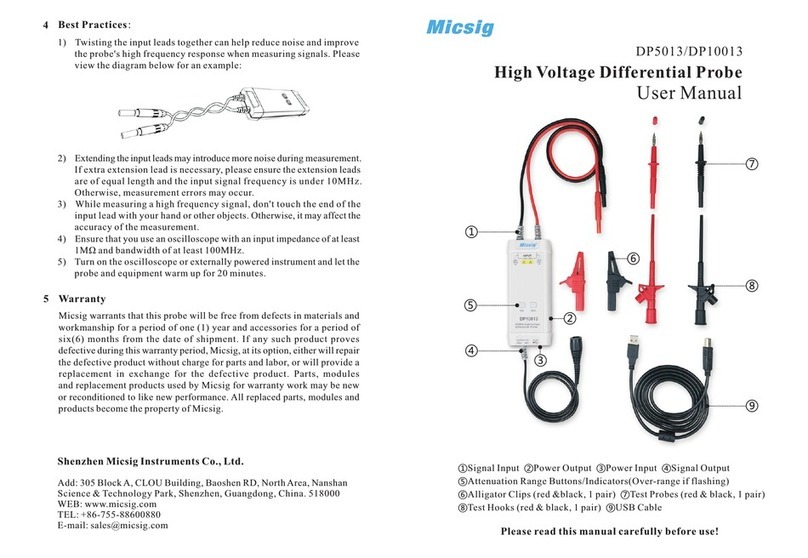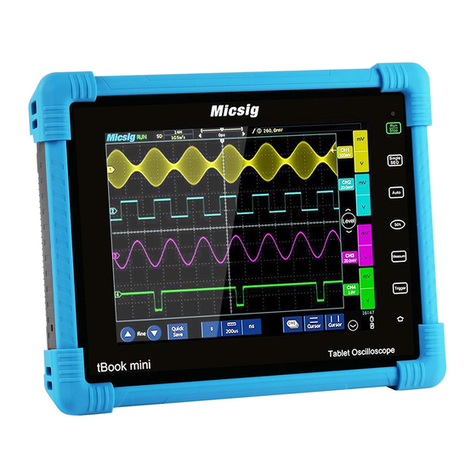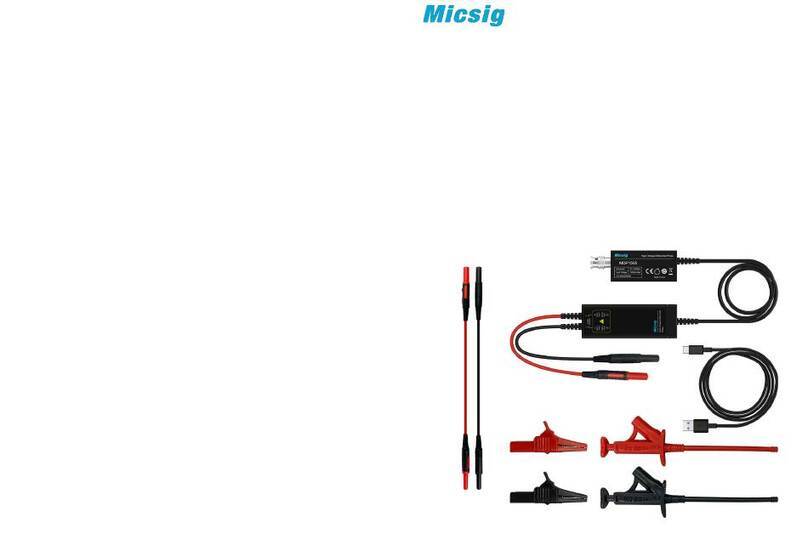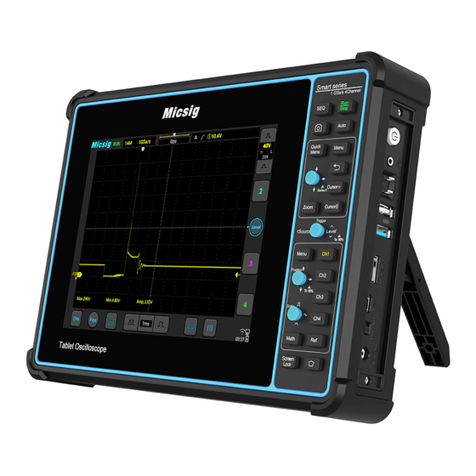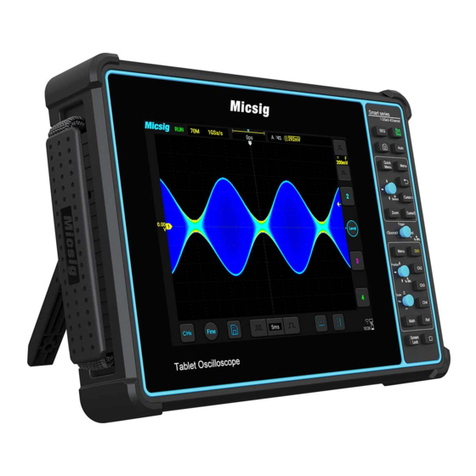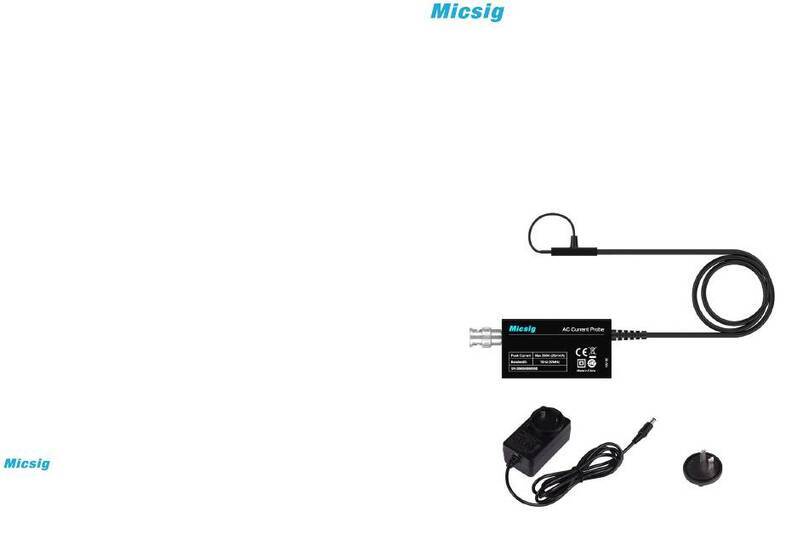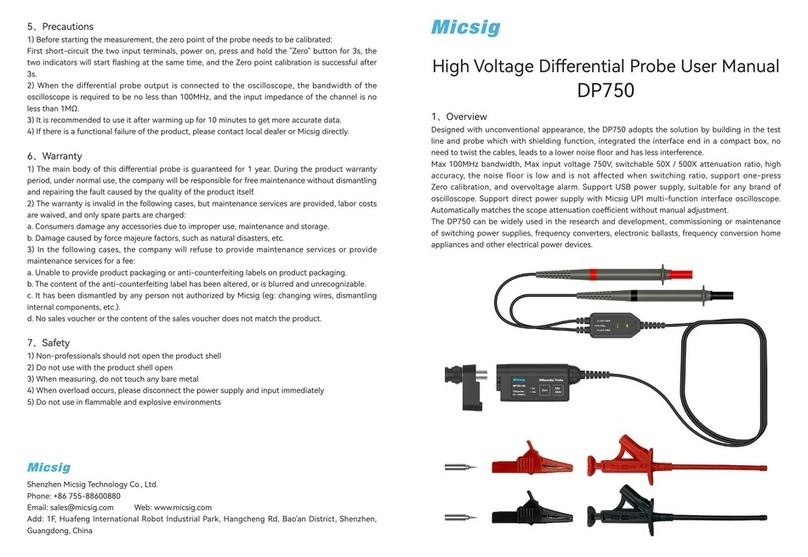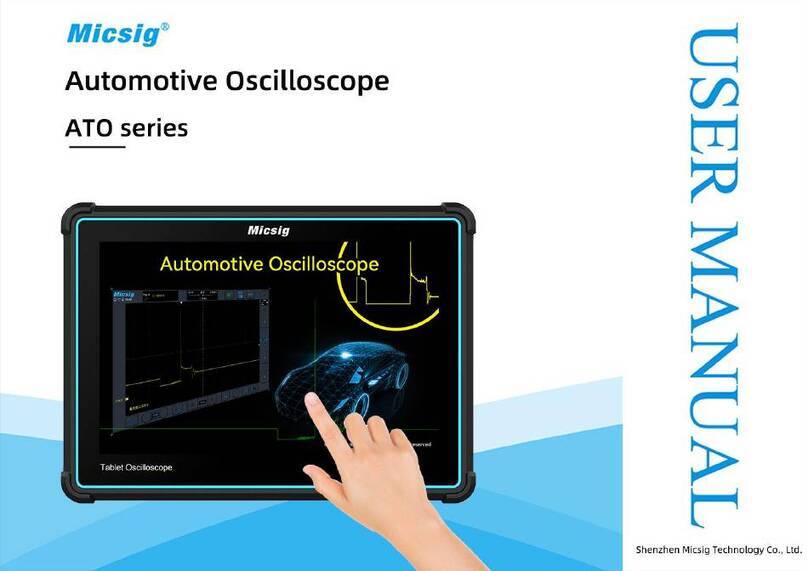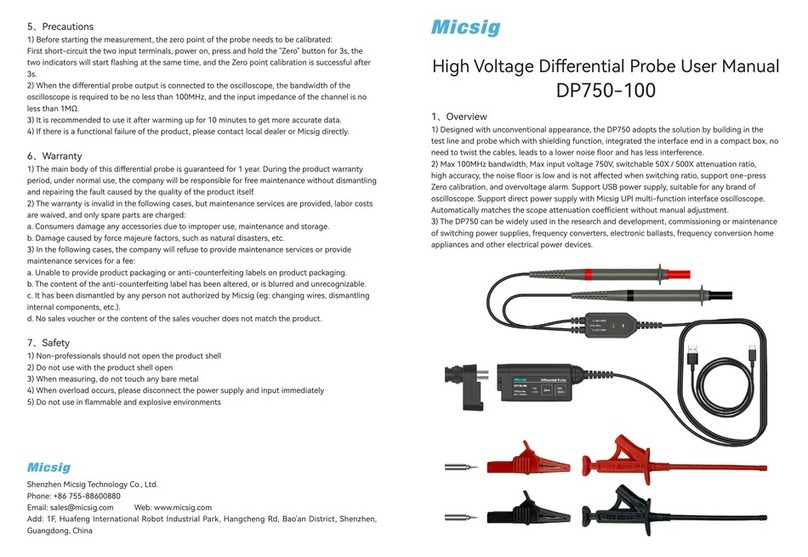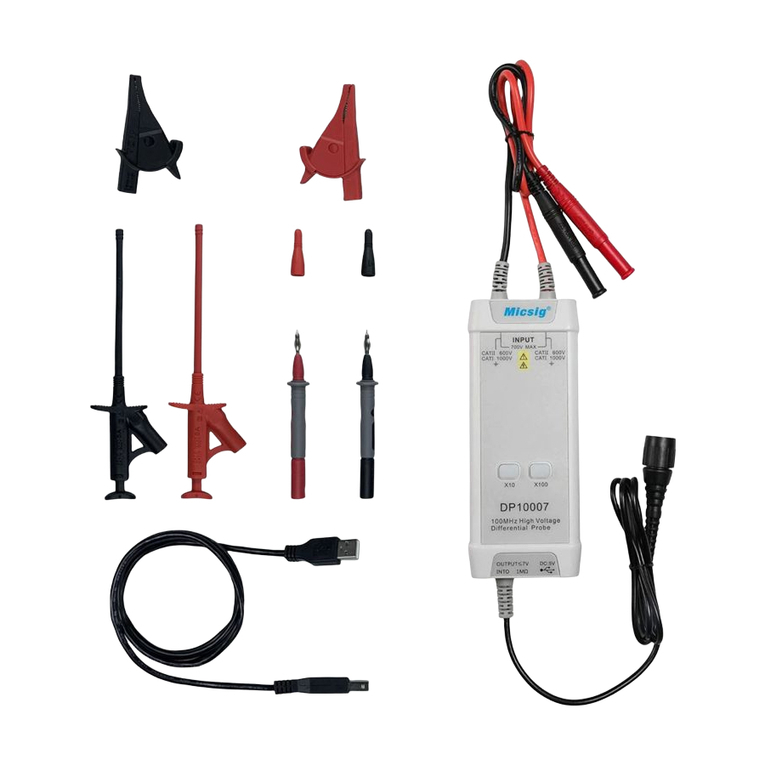ii
3.2.11
MAP........................................................................................................................................................41
3.2.12
Road Speed.............................................................................................................................................42
3.2.13
Throttle Position .....................................................................................................................................43
3.3 ACTUATORS ...........................................................................................................................................................45
3.3.1
Carbon canister solenoid valve.................................................................................................................45
3.3.2
Disel Glow Plugs .......................................................................................................................................46
3.3.3
EGR Solenoid Valve...................................................................................................................................47
3.3.4
Fuel Pump.................................................................................................................................................48
3.3.5
Idle speed control valve ..........................................................................................................................50
3.3.6
Injector (gasoline engine).......................................................................................................................51
3.3.7
Injector (Diesel) ........................................................................................................................................52
3.3.8
Pressure regulator ..................................................................................................................................53
3.3.9
Quantity (Flow) control valve ...................................................................................................................54
3.3.10
Throttle Servo Motor ..............................................................................................................................55
3.3.11
Variable speed cooling fan .....................................................................................................................56
3.3.12
Variable valve timing..............................................................................................................................57
3.4 IGNITION TESTS ......................................................................................................................................................59
3.4.1
Primary.....................................................................................................................................................59
3.4.2
Secondary .................................................................................................................................................61
3.4.3
Primary + Secondary.................................................................................................................................62
3.5 NETWORKS............................................................................................................................................................63
3.5.1
CAN High & CAN Low ...............................................................................................................................63
3.5.2
LIN Bus......................................................................................................................................................65
3.5.3
FlexRay Bus...............................................................................................................................................66
3.5.4
K line.........................................................................................................................................................67
3.6 COMBINATION TESTS...............................................................................................................................................69
3.6.1
Crankshaft + Camshaft .............................................................................................................................69
3.6.2
Crankshaft + Primary ignition...................................................................................................................70
3.6.3
Primary ignition + Injector voltage...........................................................................................................71
3.6.4
Crankshaft + Camshaft + Injector + Secondary Ignition ...........................................................................72
3.7 PRESSURE TEST ......................................................................................................................................................73
3.7.1
Intake Manifold ........................................................................................................................................73
3.7.2
Exhaust Tailpipe........................................................................................................................................74
3.7.3
In-Cylinder ................................................................................................................................................75
3.7.4
In-Crankcase .............................................................................................................................................77
CHAPTER 4 HORIZONTAL SYSTEM..........................................................................................................................78
4.1 MOVING THE WAVEFORM HORIZONTALLY ............................................................................................................79
4.2 ADJUST THE HORIZONTAL TIME BASE (TIME/DIV)...............................................................................................79
4.3 PAN AND ZOOM SINGLE OR STOPPED ACQUISITIONS...........................................................................................81
4.4 ROLL, XY............................................................................................................................................................81
4.5 ZOOM MODE .......................................................................................................................................................84
CHAPTER 5 VERTICAL SYSTEM...............................................................................................................................87
5.1 OPEN/CLOSE WAVEFORM (CHANNEL, MATH, REFERENCE WAVEFORMS)...........................................................88
